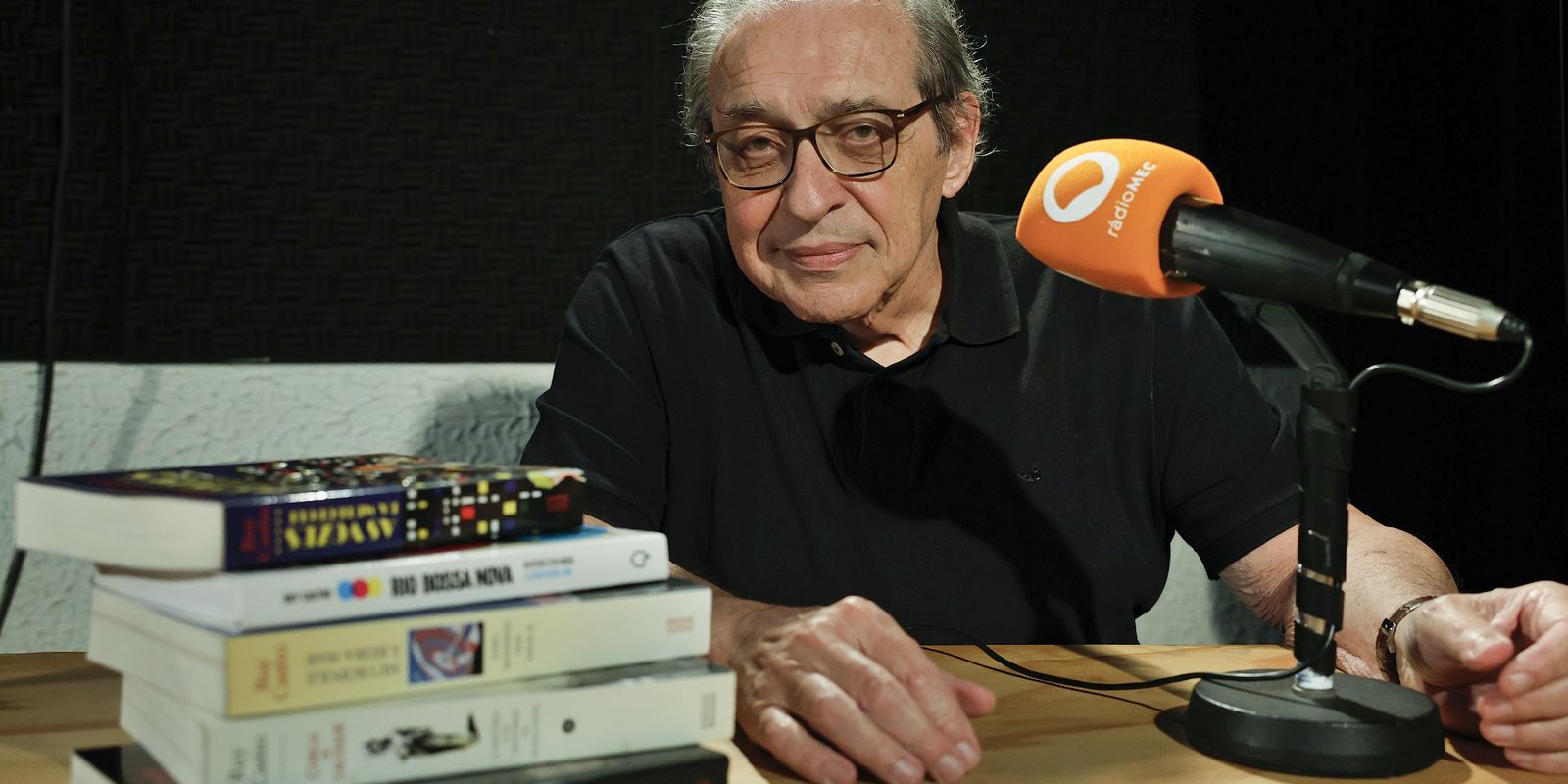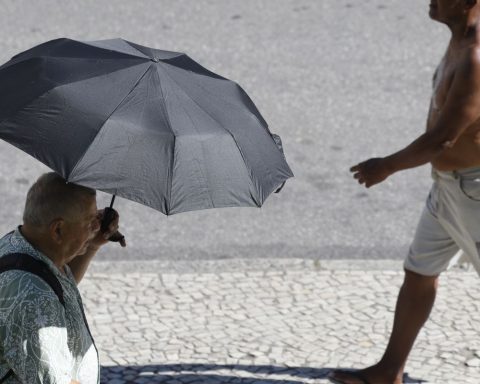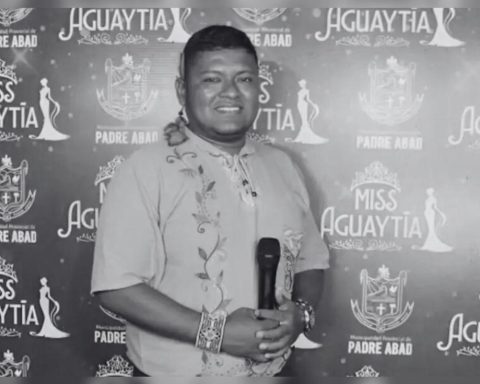In the month before the revelry, the MEC Radio debut the series Carnival musicunpublished production presented by journalist and writer Ruy Castro. The program about marchinhas and sambas of ancient carnivals airs at the public station with weekly editions from this Sunday (9), at 21h.
With four one -hour episodes, the content mixes classics of the national songbook and stories narrated by the immortal about each work. The attraction highlights curiosities and reveals behind the scenes about interpreters, composers and these preciousness of the popular repertoire.
“In this series of programs we will present dozens of big marchinhas and sambas of the carnivals of the past. But it is not for any nostalgia. It is that the carnival is also culture, and the culture is of all ages,” says the journalist, about the songs created between the 1930s and 1960s.
The new original production by Ruy Castro, Heloisa Seixas and Julia Romeu is available on various platforms. In addition to accompanying in dial, the listener can check the exclusive content in the app EBC radiosin streaming in streaming public broadcaster website and in podcast format by Spotify.
In the debut, the series rescues marchinhas as Brazilian Carnival Anthemby Lamartine Babo; The gardenerby Benedito Lacerda and Humberto Porto; We, the baldby Roberto Roberti and Arlindo Marques Jr; Passionate Pierrôby Noel Rosa and Heitor dos Prazeres; and Auroraby Mario Lago and Roberto Roberti, among others.
Carnival genres
Ruy Castro addresses the theme of the songs remembered on the show.
“The marchinhas, both the happy and the most romantic, liked to talk about Carnival itself. They also served to do social criticism and to describe the daily life of the Brazilian. Almost all were like this: funny, malicious and nothing innocent,” he points out.
Great interpreters of the country chang these successes. “All the singers of that time, even the most romantic, sang Carnival. Even the perhaps largest of all: Orlando Silva,” recalls the journalist who still mentions names such as Carmen Miranda, Aracy de Almeida, Mario Reis, Admiral and Francisco Alves, known as “the king of voice”.
“Although from the 1930s the marchinhas reigned in the revelry, they were not alone. There were also the carnival sambas, which were recorded especially for the time and played on radio nonstop. Not to be confused with the sambas-plot, sung For samba schools. Both – sambas and marchinhas – were the two great carnival genres until the 1960s, “says Ruy Castro.
The researcher explains what this dynamic was like in daily life. “All important composers made both marchinhas and carnival sambas. The compositions were recorded in the mid -second semester and released at the end of the year. They played all the time on the radio, the people learned and, when the carnival arrived, the crowds sang in the Streets. This was the magic of Carnival, “he celebrates.
The classic Wonderful cityAndré Filho marchinha, in instrumental version, with Zaccarias and his orchestra, packs the prefix of the series with the joy that marked the carnival balls of the last century and crosses generations. “We all know her very well. Although it was composed for the 1935 Carnival, she became the official anthem of the city of Rio de Janeiro,” says the journalist.
About Ruy Castro
Journalist and writer Ruy Castro began his professional career as a reporter in 1967 in Rio de Janeiro, and acted in the main vehicles of the Rio and Paulistana press. In 1988 he devoted himself to books and made his debut as a writer in 1990, with the release of No more longing: the history and stories of bossa nova.
He is the author of Biographies by Nelson Rodrigues, Garrincha and Carmen Miranda, historical reconstitutions about Bossa Nova, the samba-song and Rio de Janeiro of the 1920s, as well as novels and works on cinema and literature. In 2021, he was awarded the Machado de Assis Award of the Brazilian Academy of Letters (GLA). The following year, it was Elected to occupy chair 13 of GLA.

















